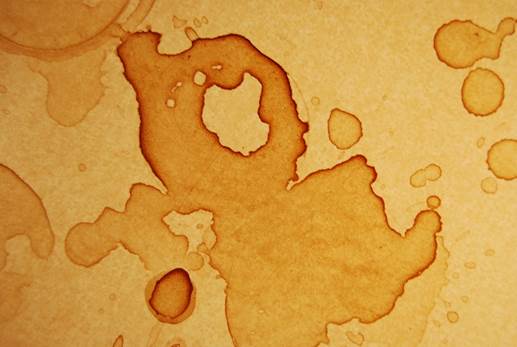Free Courses Sale ends Soon, Get It Now


Free Courses Sale ends Soon, Get It Now



Disclaimer: Copyright infringement not intended.
Context
About Coffee Ring effect
Flow mechanism
New research
Inward drift
Significance of new Research
© 2024 iasgyan. All right reserved